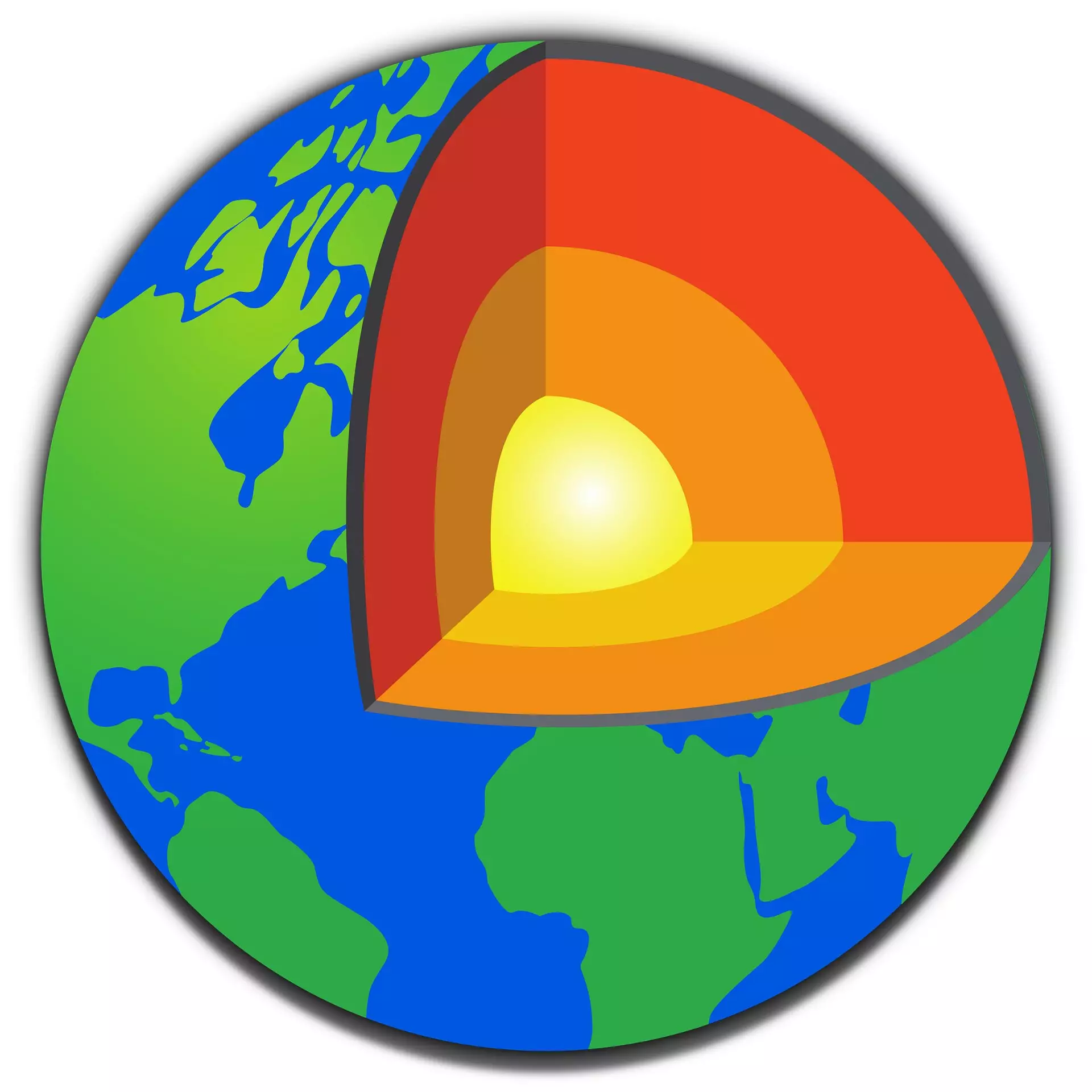The phenomenon of volcanic hotspots, where molten rock emerges from the Earth’s mantle to create volcanic islands such as those found in Hawaii or Iceland, has long been a focal point in geology. Traditional perspectives suggested that these hotspots arose from diverse reservoirs within the mantle—each characterized by unique chemical signatures resulting from different evolutionary paths. However, recent research gives weight to a revolutionary theory positing that these seemingly distinct magmas might actually originate from a homogenous reservoir deep within the Earth. This discovery not only challenges the classical perception of hotspot lavas but also reshapes our understanding of mantle dynamics and the planet’s geological history.
Published in the prestigious journal Nature Geoscience, this groundbreaking research led by Dr. Matthijs Smit and Dr. Kooijman marks a significant departure from long-standing scientific assumptions. By analyzing trace elements and isotopic compositions in hotspot lavas, the researchers were able to detect a shared compositional foundation for these lavas, challenging the notion that they are derived from strictly isolated geological processes. Dr. Smit likened this revelation to humanity’s diversity emerging from a common ancestor—profoundly interconnected yet distinct based on varied environmental interactions.
The mantle, which constitutes approximately 84% of Earth’s volume, serves as a complex matrix of molten and semi-molten rock that influences tectonic activity and facilitates the elemental cycles vital for sustaining life on our planet. Understanding its composition is essential for interpreting both current geological processes and the Earth’s formative history.
The research presented suggests that the disparity in lava compositions from hotspots arises not from fundamentally different sources but rather from the interactions that occur as magma ascends through the mantle and crust. As these molten materials travel upwards, they encounter various xenoliths—fragments of surrounding rock—which impart distinct chemical properties to the emerging lavas. This interaction introduces the complexities observed in surface volcanic products, implying that the true nature of mantle composition is far more uniform than previously envisioned.
These findings prompt a reevaluation of established models that claim the mantle has primordial reservoirs—separate, distinct areas within the mantle that have different chemical and thermal histories. The implications of this newfound understanding extend to the role of mantle convection and its influence on tectonic plate movement, thereby refining theoretical frameworks within geosciences.
This paradigm shift comes with significant consequences for our approach to studying Earth’s geochemical evolution. The notion of a simplified mantle model that offers a coherent explanation for observable phenomena paves the way for a myriad of new hypotheses regarding global element cycles. Understanding how these cycles interconnect further enhances our comprehension of terrestrial processes ranging from volcanic activity to the formation of mineral deposits such as kimberlites.
Moreover, the research draws an exciting connection between basaltic lavas found in continental regions and those originating from oceanic hotspots. Despite the apparent differences in their geological environments, these lavas are suggested to share a common magma “ancestor,” reinforcing the concept of a singular, interconnected evolutionary process for Earth’s mantle-derived materials.
Dr. Smit’s assertions of the homogeneity in the mantle represent a significant milestone in geoscientific research, opening avenues for further exploration. By revisiting and refining existing models, scientists are positioned to better address unresolved questions regarding elemental migration, the dynamics of mantle convection, and the historical evolution of our planet.
As we deepen our understanding of Earth’s interior, this study signifies a watershed moment that emphasizes the value of collaborative research and interdisciplinary approaches in geology. By unveiling the interconnectedness of our planet’s geological features, we can anticipate more profound insights into Earth’s past, shaping our scientific landscape for generations to come. This newfound perspective on the mantle and its hotspots is not merely an academic exercise; it is a critical narrative that enhances our understanding of Earth’s intricate web of geological realities.

